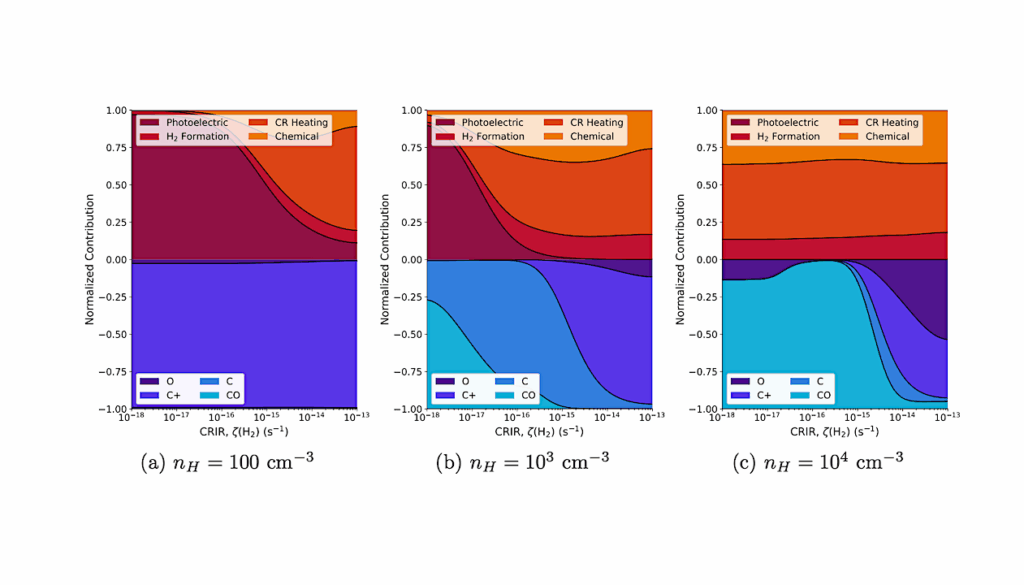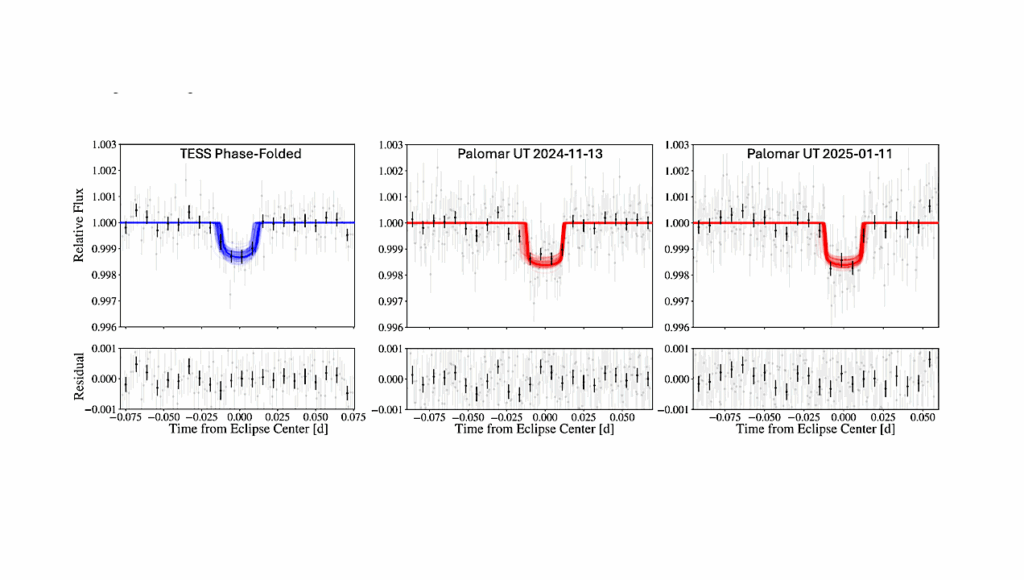High Precision Astrometry Science In The Context of Space Mission Prospectives

Astrometry is one of the oldest branches of astronomy which measures the position, the proper motion and parallax of celestial objects.
Following the Hipparcos and Gaia missions that have measured several billions of them using global astrometry, we propose to increase astrometry precision on pointed objects using differential astrometry in a large field in order to unravel rocky planets in habitable zones of stars in the Sun vicinity and investigate the nature of dark matter in galactic environments as recommended by the ESA Senior Committee in the Voyager 2050 prospective.
Substantial technology developments in a number of critical areas is needed in order to reach the highest required precision of sub-micro-arcsecond. One of them is CMOS image sensors using the stitching technique to merge the multiple design structures on the wafer and produce array with very large number of pixels. Another one is to calibrate the pixel positions using projecting modulating interferometric laser fringes on the array.
Finally, the distortion of the optical system can be monitored and compensated using reference stars as metrology sources. The final precision depends on the diameter and the field of view of the telescope that is used as well as the time spent on each target. We present here the science goals that can be achieved with such missions either within the framework of an ESA Medium-class mission or even in the NASA most challenging Habitable Worlds Observatory, a large space telescope recommended by the American Astronomy and Astrophysics prospective for the 2020s and designed specifically to search for signs of life on planets orbiting other stars.
Fabien Malbet (IPAG), Gary A. Mamon (IAP), Lucas Labadie, Alessandro Sozzetti (OATo), Manon Lizzana (IPAG), Thierry Lépine (LabHC), Alain Léger (IAS), Pierre-Olivier Lagage (CEA)
Subjects: Earth and Planetary Astrophysics (astro-ph.EP); Astrophysics of Galaxies (astro-ph.GA); Instrumentation and Methods for Astrophysics (astro-ph.IM); Solar and Stellar Astrophysics (astro-ph.SR)
Cite as: arXiv:2410.23019 [astro-ph.EP](or arXiv:2410.23019v1 [astro-ph.EP] for this version)
https://doi.org/10.48550/arXiv.2410.23019
Focus to learn more
Journal reference: International Conference on Space Optics ICSO’2024, Philippe KUBIK; Fr{é}d{é}ric BERNARD; Nikos KARAFOLAS; Kyriaki MINOGLOU, Oct 2024, Antibes (06), France
Submission history
From: Fabien Malbet
[v1] Wed, 30 Oct 2024 13:49:36 UTC (4,608 KB)
https://arxiv.org/abs/2410.23019
Encyclopaedia of exoplanetary systems catalog
astrobiology








